
The Chronicles of Narnia: A Lion, a Witch, and a Whole Lot of Allegory
The Chronicles of Narnia, penned by C.S. Lewis, is often regarded as a classic in children's literature. But beyond its enchanting tales of talking animals and epic battles lies a deeper layer that has sparked countless discussions: the Christian allegory. Yes, you heard that right! It’s like Lewis took a stroll through the Garden of Eden, picked a few apples, and decided to write a whole series about it. 🍏
What’s Allegory Anyway?
Before diving headfirst into the lion’s den (pun intended), let’s clarify what allegory means. In literature, an allegory is a narrative that uses characters and events to symbolize larger concepts and ideas. Think of it as a story within a story, but without the need for a double espresso to keep you awake. In Narnia, Lewis weaves Christian themes throughout the narrative, creating a tapestry that reflects his faith.
Meet Aslan: The Lion of the Allegory
Aslan, the majestic lion, is perhaps the most recognizable figure in Narnia. Many readers interpret him as a representation of Jesus Christ. Why a lion, you ask? Well, it’s not just because lions are cool (though they are). Lewis himself stated that Aslan represents the Christ figure, embodying sacrifice, resurrection, and the ultimate victory over evil. It’s like if Jesus decided to take a break from the cross and hang out with some kids in a magical land.
Key Allegorical Elements in Narnia
- The Sacrifice: In *The Lion, the Witch and the Wardrobe*, Aslan sacrifices himself to save Edmund, who represents humanity’s sinful nature. This parallels the crucifixion of Christ, making readers ponder the themes of redemption and forgiveness.
- The Resurrection: After his sacrifice, Aslan rises from the dead, much like the resurrection of Jesus. This moment is pivotal, showcasing the triumph of good over evil and the hope of eternal life.
- The White Witch: The White Witch symbolizes evil and temptation, much like Satan in Christian theology. Her reign over Narnia represents the fallen state of humanity before divine intervention.
- The Pevensie Siblings: The four children represent different aspects of humanity, grappling with moral choices and growth. Their journey can be seen as a metaphor for the Christian journey of faith.
Lewis and Allegory: A Love-Hate Relationship
Interestingly, Lewis and his buddy J.R.R. Tolkien had a bit of a disagreement about allegory. While Lewis embraced the idea, Tolkien was not a fan of labeling their works as allegorical. It’s like arguing whether pineapple belongs on pizza—everyone has an opinion, and it can get heated! 🍍
Lewis believed that allegory could convey profound truths, while Tolkien preferred to let readers interpret the stories in their own way. It’s a classic case of “you say tomato, I say tomahto.”
Conclusion: Narnia as a Reflection of Faith
In the end, the Christian allegory in Narnia serves as a powerful narrative tool, inviting readers to explore themes of sacrifice, redemption, and the battle between good and evil. Whether you’re a devout Christian or just someone who enjoys a good story, Narnia offers something for everyone. So, grab your wardrobe, step into the magical land, and let the allegory unfold! 🦁









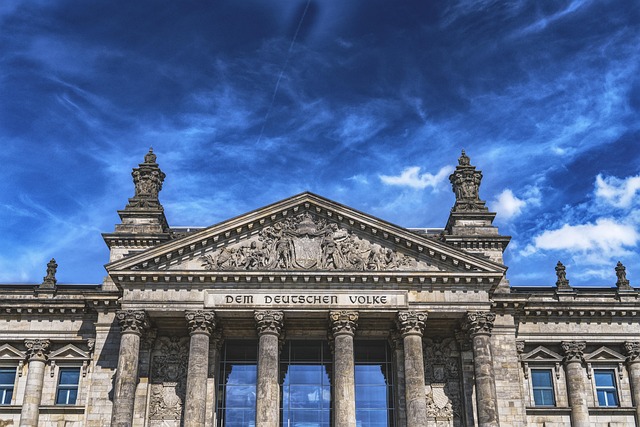







 PV Modules: A Comprehensive Overview
PV Modules: A Comprehensive Overview 
 Health
Health  Fitness
Fitness 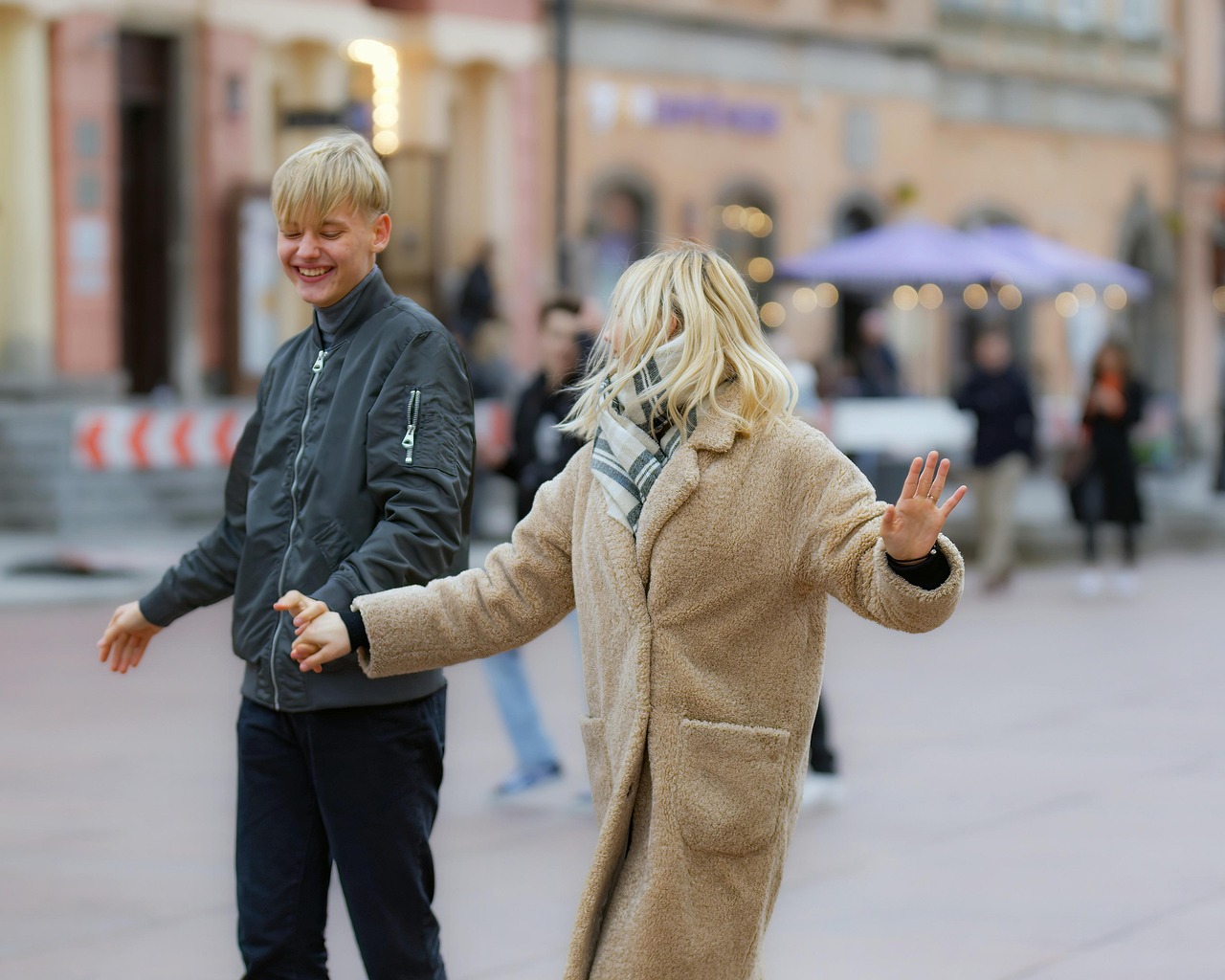 Lifestyle
Lifestyle  Tech
Tech  Travel
Travel  Food
Food 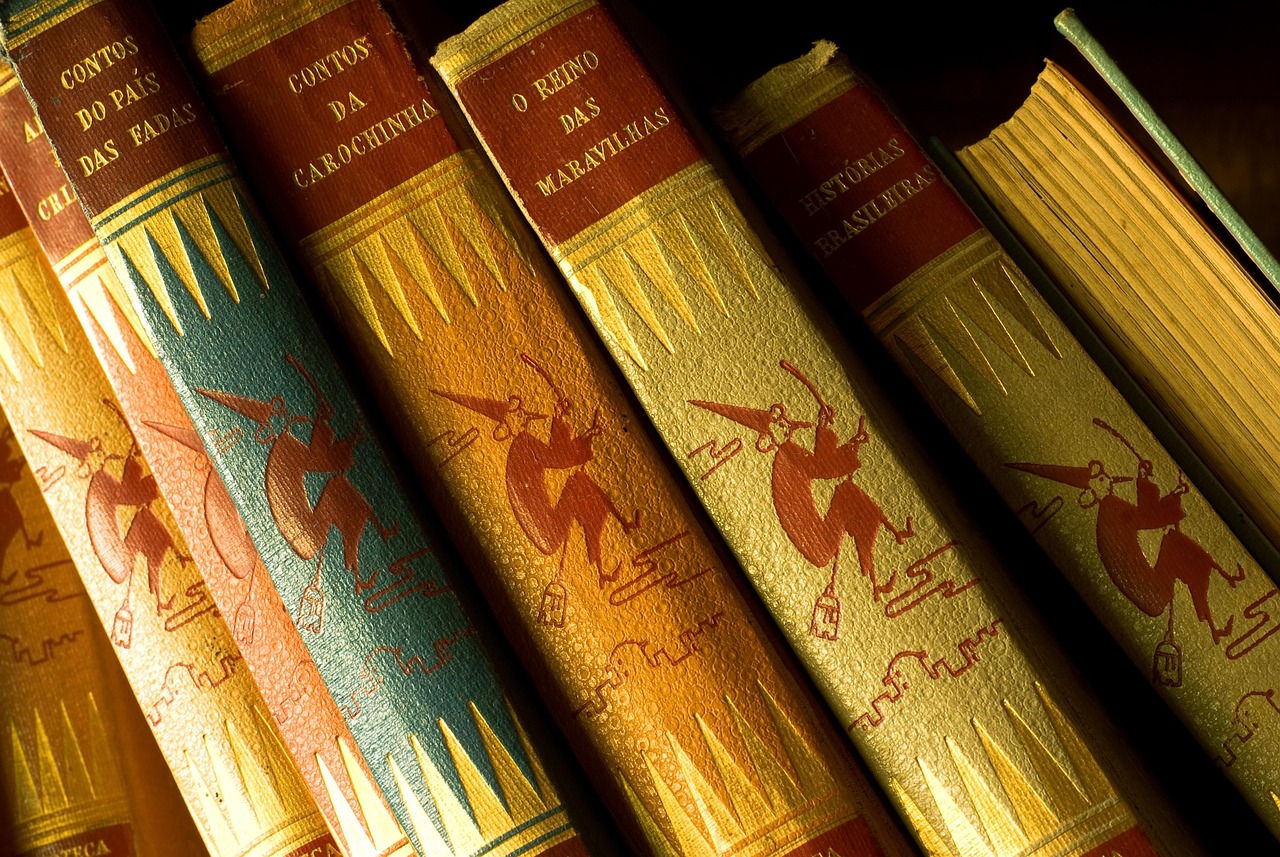 Education
Education  Parenting
Parenting  Career & Work
Career & Work  Hobbies
Hobbies  Wellness
Wellness  Beauty
Beauty  Cars
Cars 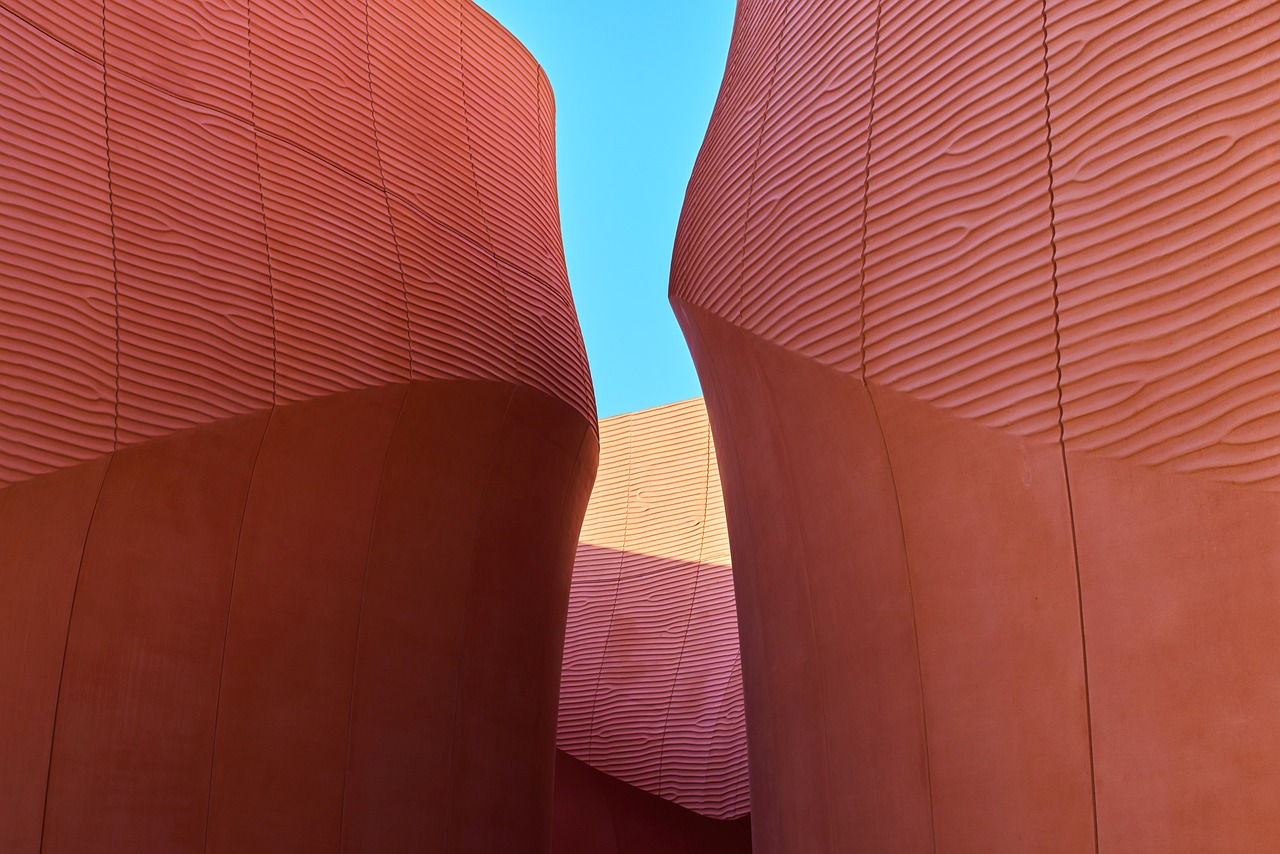 Art
Art  Science
Science  Culture
Culture  Books
Books  Music
Music  Movies
Movies  Gaming
Gaming  Sports
Sports  Nature
Nature  Home & Garden
Home & Garden  Business & Finance
Business & Finance  Relationships
Relationships  Pets
Pets  Shopping
Shopping 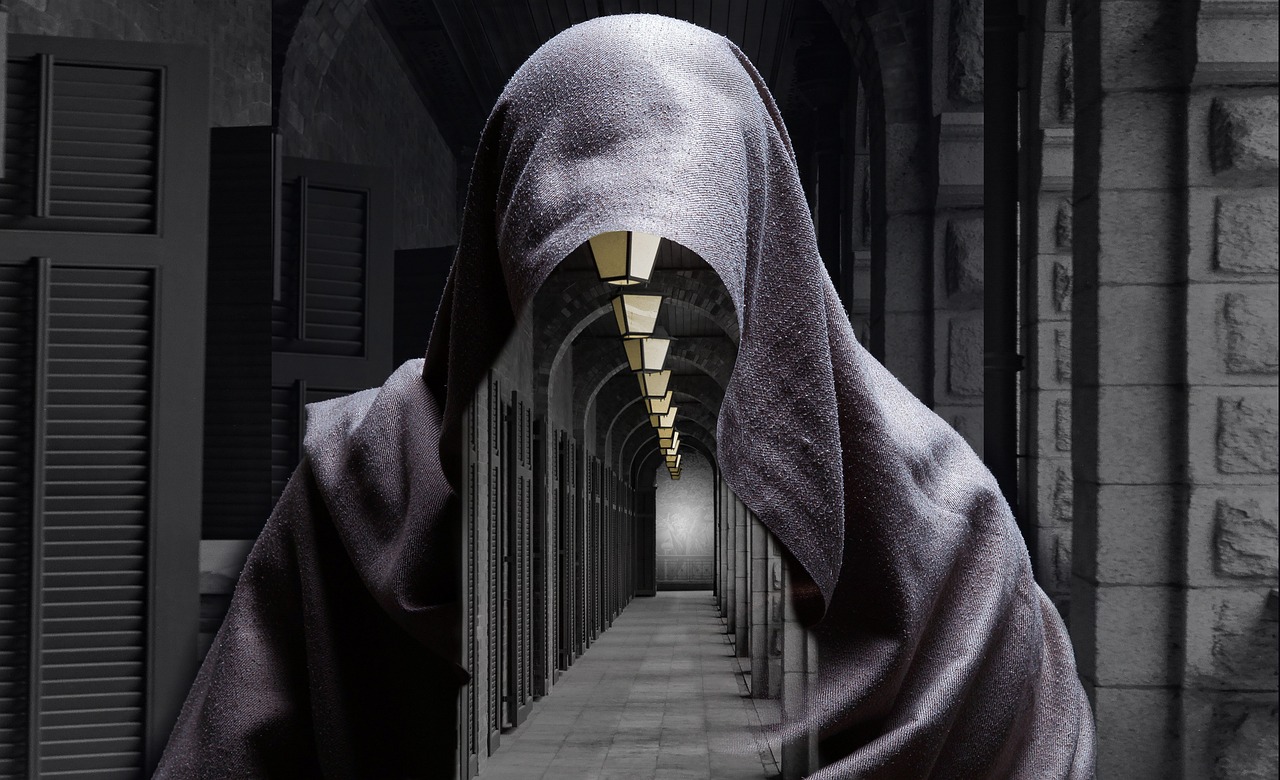 Mindset & Inspiration
Mindset & Inspiration  Environment
Environment  Gadgets
Gadgets  Politics
Politics 